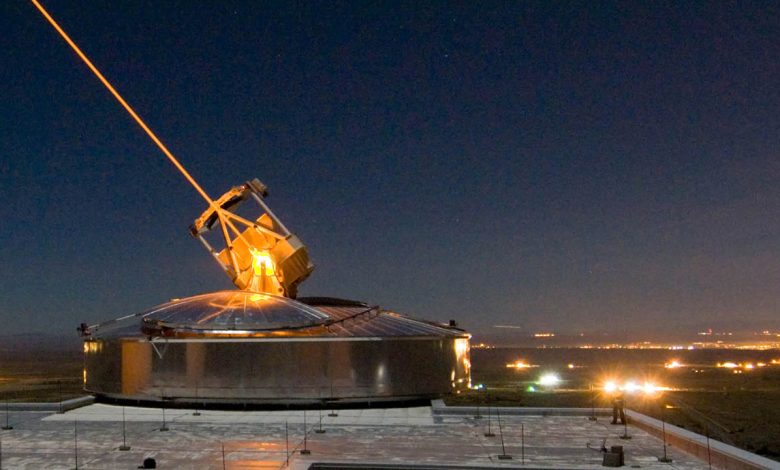Daily Current Affairs for UPSC
Directed Energy Weapons (DEWs) and Hypersonic Weapons
Syllabus- Defence Technology [GS Paper-3]

Context- Recently, India’s Air Chief Marshal emphasized the need to accelerate the development of Directed Energy Weapons (DEW) and Hypersonic Weapons and integrate them into airborne platforms to achieve the desired range and accuracy.
About Directed Energy Weapons (DEWs) and Hypersonic Weapons
-
- In layman’s speech, a coordinated energy weapon harms or obliterates its objective utilizing centered energy through lasers, microwaves or molecule radiates.
- Examples include drone defense systems, laser weapons, and microwave weapons.
- A hypersonic weapon can hit its target five to ten times faster than the speed of sound (Mach 5 to Mach 10).
- In layman’s speech, a coordinated energy weapon harms or obliterates its objective utilizing centered energy through lasers, microwaves or molecule radiates.
- Comparing DEWs to conventional munitions:
-
-
- High precision, low cost per shot, logistical advantages, and low detectability characterize DEWs, particularly lasers.
- They do so at the speed of light—roughly 300,000 kilometers per second—and their beams are unaffected by atmospheric drag or gravity’s restraints.
- By altering the type and amount of energy delivered to targets, their effects can be tailored.
- Disadvantages:
- Restricted Range: Most DEWs have restricted range, and their adequacy diminishes quickly as the distance between the objective and the weapon increments
- Significant expense: DEWs and hypersonic weapons can be costly to create and fabricate, and the expense may not be legitimate by their adequacy in certain circumstances.
- Countermeasures: Utilizing reflective materials or other countermeasures, which may reduce their effectiveness, can be used to combat DEWs.
- Rivalry in the Arms Race: An arms race ensues as other nations attempt to develop their own hypersonic weapons in response to one nation’s development of DEWs and hypersonic weapons. As a result, tensions and instability can rise.
-
- Relevance to India:
-
- India will be able to produce cutting-edge platforms, weapons, sensors, and networks necessary to fight and win a future war thanks to the application of these technologies in the aerospace industry, which has the potential to change the way wars are fought.
- DEWs and Hypersonic Weapons could go about as an impediment against threatening countries like China, Pakistan by expanding India’s guard capacities.
- Other nations that have DEWs:
- DEWs, or Laser Directed Energy Weapons, have reportedly been developed by Russia, France, Germany, the United Kingdom, Israel, and China, and several nations’ militaries have used them.
- In the past, the United States also said that Cuba carried out sonic attacks (Havana Syndrome).
What are India’s Hypersonic Technology Projects and DEWs?
- 1KW laser Weapon: A 1KW laser that could hit a target 250 meters away has been tested by DRDO.
- DURGA II: Directionally Unrestricted Ray-Gun Array A 100-kilowatt, lightweight DEW project known as DURGA II has been initiated by DRDO.
- Development of Hypersonic Technology: Both DRDO and ISRO have worked on and tested hypersonic technology in India.
- The Hypersonic Technology Demonstrator Vehicle (HSTDV), which could travel at six times the speed of sound, was successfully flight-tested by DRDO in 2021.
- As part of its Hypersonic Technology Demonstrator Vehicle Program, India is also developing an indigenous hypersonic cruise missile with dual capabilities (conventional and nuclear).
Way Forward
- The idea of “Atmanirbharta,” or being self-reliant in defense, should include using Indian defense to develop new designs and capabilities.
- To improve our defense capability, we must increase investment in research and development.





.png)



